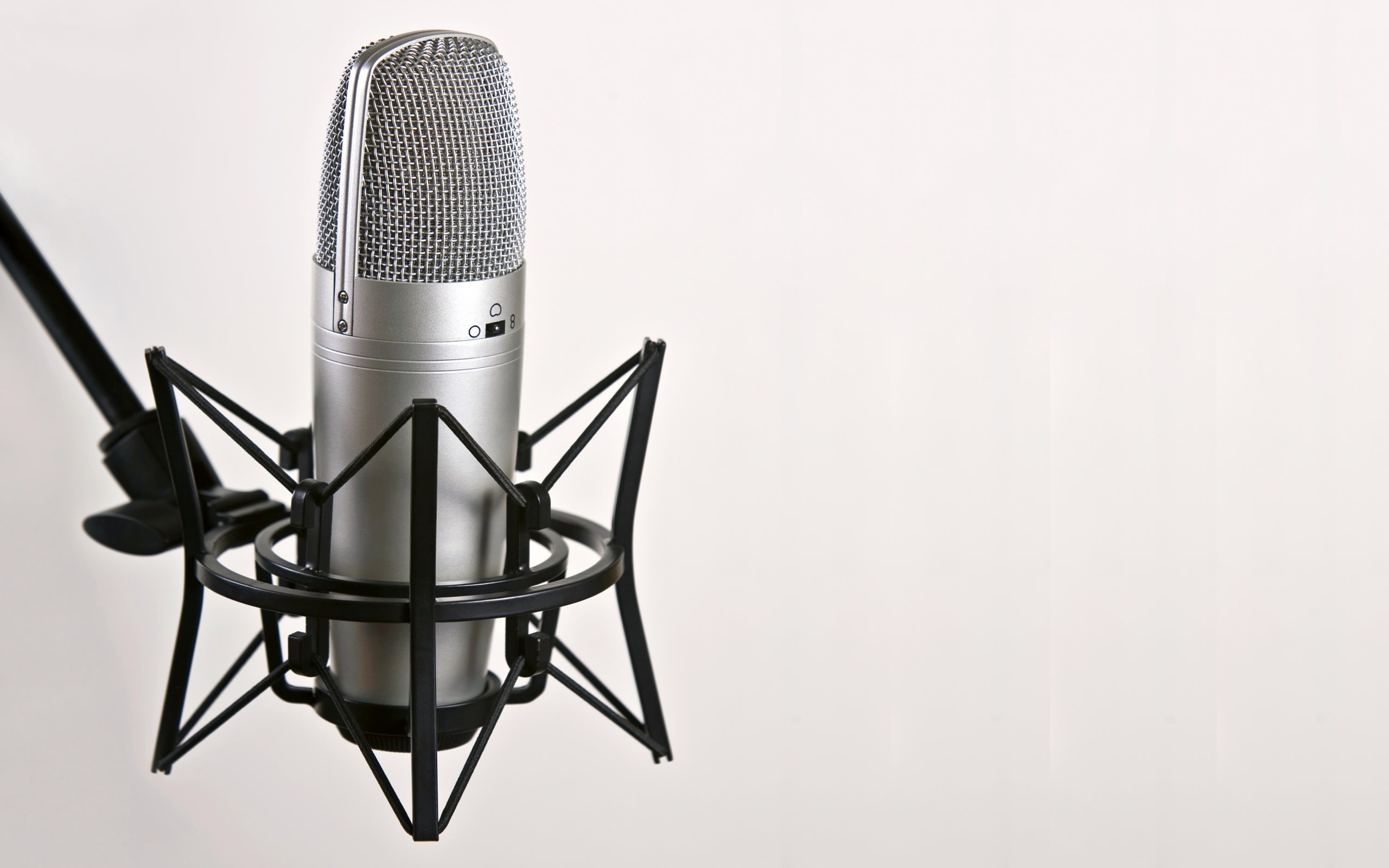How does a Microphone Work?
Having a microphone for your professional and hobby-related needs isn’t much of a hard task. However, that doesn’t mean that this accessible device is also secure in the working. Like all the other devices nowadays, these smart technologies utilize unique methods of working and uniquely performing their specific tasks. This means that even when we discuss a microphone, there’s no doubt that they work differently and uniquely. Now to understand this unique working of a microphone, we should go ahead and discover it in detail. So, without further ado, let’s learn how a mic works.
The Basic Working of a Microphone
When it comes to learning the basic working of a microphone, you can consider it to be a transducer device; that converts one form of energy into another. In literal terms, a mic mainly converts sound waves into electrical energy, i.e., in the audio signal form.
Now with the different types of microphones comes the different ways of converting the sound. However, when it comes to looking for similarities, all of these microphones have a diaphragm typical. This diaphragm is usually a tin piece of material that vibrates every time it hits a sound wave. Most of the microphones have their diaphragm designed in the head like the handheld mic. But that’s not necessary too, as it can be placed anywhere inside the mic.
Now after a diaphragm vibrates on the sound wave, it allows other parts of the mic to vibrate. This vibration altogether creates an electrical current, which is then converted into an audio signal.
What’s Special in the Different Types of Microphones?
Since the types of microphones are vast, and one might find a variety of mics in the shop when it comes to buying one. It’s essential to understand what these types have unique in them and how these types work. You can consider the working and specialty of all these different types of mics by differentiating their two major aspects. This includes the conversion technology they use and the software they are designed to work with. For a clearer and detailed view of these aspects, let’s discuss it furthermore.
Conversion Technology Type
We all know that even with the different types of a mic, they all perform a similar task of converting sound waves into electricity. This means that each of these mic types includes a different technology to perform the same job. These different technologies can consist of some common ones like; dynamic, condenser, ribbon, and crystal.
What Application is It Designed For?
As mentioned about the different types of mic technologies used in the different types of mics, one can consider that each of these types of mics is present in different mic models according to the technology they are designed to be used with. This means that the various categories and technology usage of mics work according to their usage; as most are either fundamental and straightforward usage. To determine the different usage, one can look up for the directional properties, frequency response, and impedance of the mic.
Conclusion
Understanding the working of a mic might not be that much of an interesting or common to anyone, but it doesn’t even come as any rocket science. As the basic working of all the different types of mics is as mainly as simple to understand as it is in the looks. And with the description, as mentioned earlier in the working of a microphone, you can surely get a clear view of how all the different types of work and relate to each other.
The responses below are not provided, commissioned, reviewed, approved, or otherwise endorsed by any financial entity or advertiser. It is not the advertiser’s responsibility to ensure all posts and/or questions are answered.






